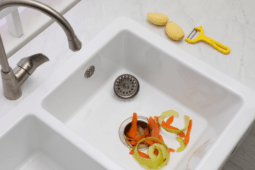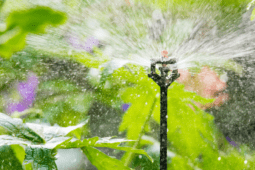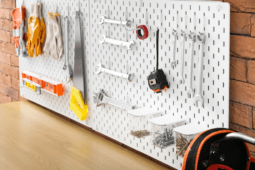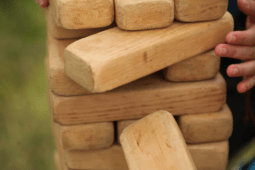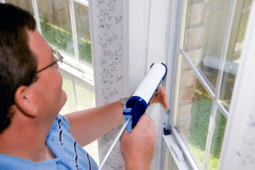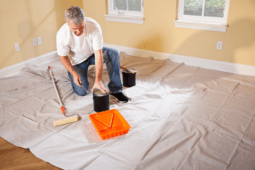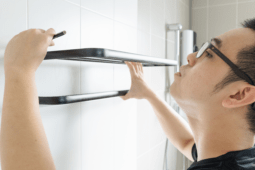How to Waterproof Plywood With Epoxy Sealer, Drying Oil, Varnish or Paint
Plywood is one of the most versatile, commonly used building materials out there. They are affordable and durable, available commonly in sheets. But like most other materials, when they are exposed to water, there are concerns about how it will hold up.
That is why waterproofing plywood is imperative. The good news is that there are more than a few ways of making this happen. Whether you use an epoxy sealer, drying oil, varnish, or another solution, you can keep your plywood waterproofed so that it will stand the test of time.
How to Waterproof Plywood
Before we get to the different methods for waterproofing, let’s learn how to actually apply these solutions. The good news is that no matter what solution you choose, the application is pretty quick, easy, and cost-effective.
Step 1: Preparing the Plywood
Before you can apply anything to the plywood, it has to be readied for coverage. Wipe down the surface of the plywood sheet with a dry cloth or brush so that any dirty spots are cleaned and smoothed out.
When the surface is clean, fill in any of the rough spots on the sheet with wood filler. The idea here is that you want the surface of the plywood to be as even and uniform as possible. It will also help prevent gaps in waterproofing.
When the wood filler dries, wipe down the sheet once again, this time using a wet cloth. The moisture works to raise the wood grain, which in turn helps the sealer bond more effectively. Finally, sand using medium-grit sandpaper. This will remove the rough spots that could potentially impact sealing/painting.
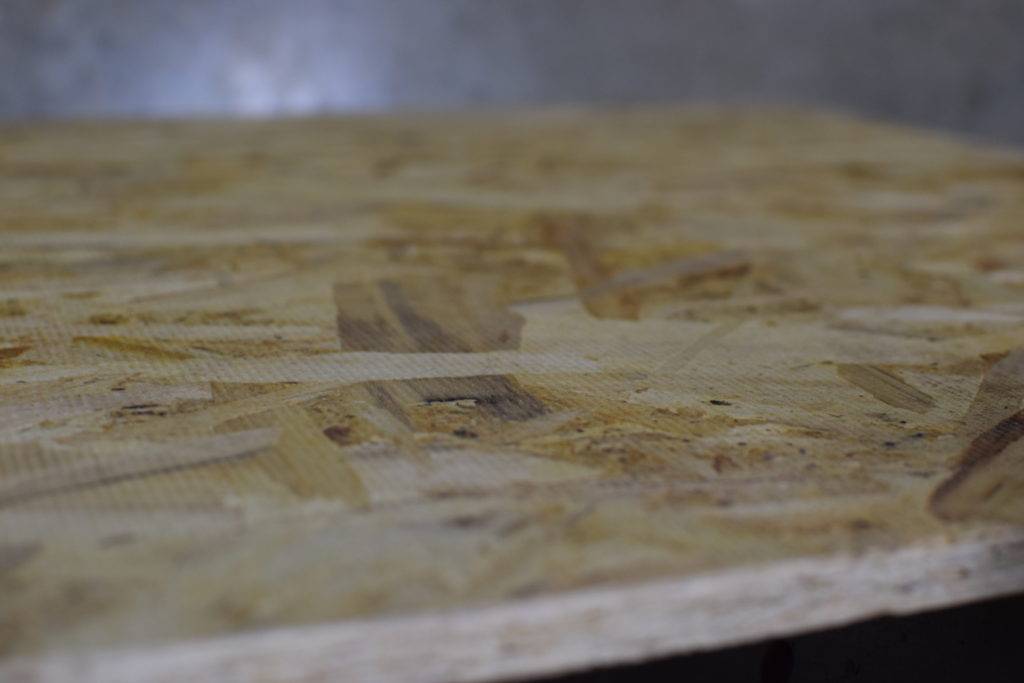
Step 2: Applying the Sealer
Should you choose a method that requires brushing on, you can use a brush or roller as normal. Just make sure that the coverage is even and adequate. Let the first coat dry sufficiently before you apply a second coat.
Should you opt for a spray-on method, follow the manufacturer’s instructions. If you don’t spray on properly, you may have spotty concentration. That means less universal coverage, with some spots waterproofed and some not.
Step 3: Dry it and Eye it
Make sure that you give the plywood adequate time to dry. In some instances, that can be as little as a few hours. To be safe, give it a full 24 hours if you can spare it. The plywood has to be fully dried before you attempt to install it.
You should also add some sealer over top of any nails or screws that you use for insulation. That is just another step to ensure that everything remains watertight.
Finally, check to make sure that the waterproofing is holding up. Every couple of months, take a look for signs of water damage. It should be easy to inspect, so it is more about passing the “eyeball test” than anything else.
4 Best Methods of Waterproofing Plywood
The good news is that there are more than a few common techniques for properly sealing your plywood for any use. Most of them are pretty affordable and, even better, easy to execute. For the most part, if the job is done right, they are all equally effective.
Any of these methods will work well. Whichever one that you prefer is not substantially better or worse than the other so long as it is applied properly. Without further ado, here are the most effective ways to seal plywood.
Drying Oil
This method is not only great for outdoor use, but for marine use as well. That is because his method allows the plywood to maintain some of its flexibility and natural moisture. An epoxy basically puts a shell around the plywood, whereas drying oil soaks itself into the plywood. That forms an effective, albeit thin, coat.
If you are going to use plywood in an area that has a higher presence of moisture, drying oil is probably the best method. That means docks, boats, or if you live in an area that gets above average rain. That added flexibility comes in handy, helping extend the life of the wood.
Epoxy Sealer
An epoxy sealer may be the most common and popular method for waterproofing plywood for any use. Epoxy is typically found in either spray or paint forms. The major advantage to epoxy is that it not only protects the plywood but makes it stronger as well as waterproof.
The epoxy, for all intents and purposes, forms an outer layer on the plywood. Not only it is waterproof, but it is highly resistant to dents and scratches as well. The epoxy soaks directly into the surface of the plywood, going on clear. That’s great for retaining the natural aesthetic that plywood can have. You can even paint over it if you want.
Varnish
If you want to waterproof your plywood without adding a noticeably thick layer, varnish is the best bet. The term itself is a reference to a mixture or resin that goes on thin, curing to form a hard coat. It has many of the same qualities as epoxy without the same thick finish.
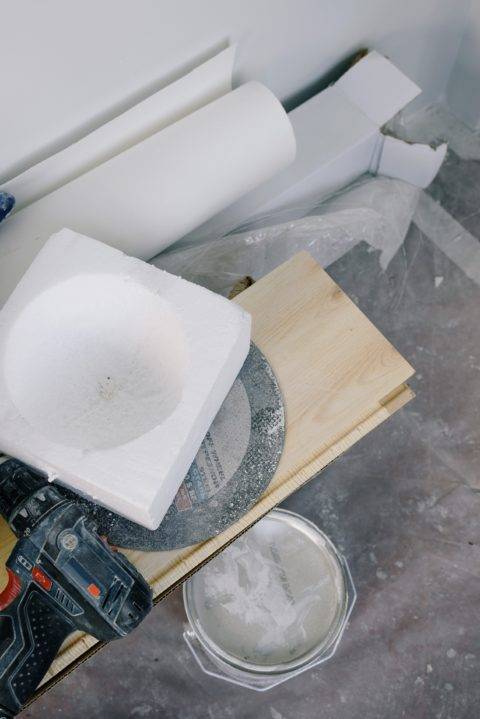
Epoxy goes on with a glossy appearance and is great for high-moisture areas. Varnish would be idea for the upper portions of a wooden boat as well as the parts of the dock that are above-water. So long as the plywood is not submerged, the varnish will resist mildew, salt, and (of course) moisture for years to come.
Water-Based Paint
This method is not used as commonly because waterproofing with paint won’t have quite as long-lasting an impact as a drying oil or epoxy. Still, it is effective no less. Another downside is that it has to be either touched up or repainted after a few years.
Water-based paint doesn’t peel or crack easily, but there will be susceptibility to chipping, denting, and scratching. Still, your plywood will be effectively protected from moisture damage. Perhaps the biggest advantage is that you have a plethora of color choices with paint. Being able to match your paintwork to your overall aesthetic is a huge advantage other methods don’t have.
The Benefits of Sealing Plywood
We know that it is a good idea to waterproof plywood used as building materials. But why is it a good idea? What benefits are there to be had by waterproofing plywood before it is used, especially for outdoor use? Here are more than a few reasons.
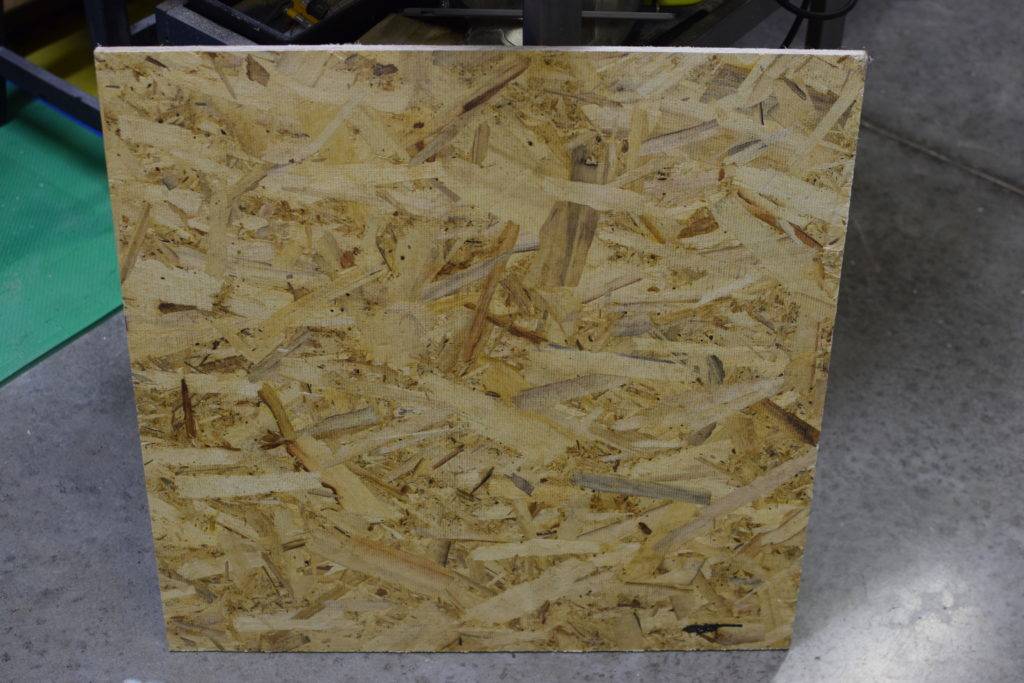
Extended Life
When you use plywood as a building material, you want it to last as long as possible. Most untreated wood boards will only last about two years outdoors. Plywood is less moisture-resistant, meaning it will fall apart even more quickly than that if left outside.
Even indoors, plywood is susceptible to water damage. If there is a leak, it can be deadly for plywood. When it has been properly treated, plywood can last a long time. Like, 20 to 40 years depending on the circumstances and environment.
Rot Prevention
Maybe the plywood you use won’t necessarily split when it is exposed to water. Even if it doesn’t split, rot remains a possibility. Rot is more than just about destroying the aesthetic of your plywood. It is so much worse.
Rot not only drastically weakens whatever material you are using, but it also smells awful. Wood rot can ruin any wooden structure, no matter how big or small. By waterproofing your plywood, you can save yourself the hassle of having to deal with crumbling plywood.
Dry Rot Prevention
While the consequences of dry rot are much the same as wet rot, there are different causes leading to dry rot. Dry rot happens when fungi, microscopic in nature, grow on the wood’s surface. It is so small that you likely won’t see it until it is far too late.
The worst part is that it doesn’t require a lot of moisture to happen. Most of the damage comes when the plywood has dried out and there are already a plethora of fungi growing within. Waterproofing your plywood adds just another layer of protection.
Reduces Splitting
Perhaps the most damaging aspect of plywood being exposed to water is splitting. The wooden layers of the plywood start to separate, which will completely ruin the sheet. Not only that, but splitting can be so difficult to see that you may not notice until it is too late.
Because of the subtle appearance that splitting can sometimes have, you may not notice until greater structural damage has been done. Waterproofing your plywood is a great way to help avoid the nastiness of splitting.
Conclusion
There is no good reason to not waterproof plywood if it hasn’t already been. Doing so is cheap, easy, and will give you the peace of mind knowing that it will hold up against moisture.
Even better, it doesn’t even really matter what route you go unless you are talking about marina settings. That means the freedom to choose your own option and application, getting the look that you want. Make sure that your plywood is safe and strong by applying a sealer before installation.

